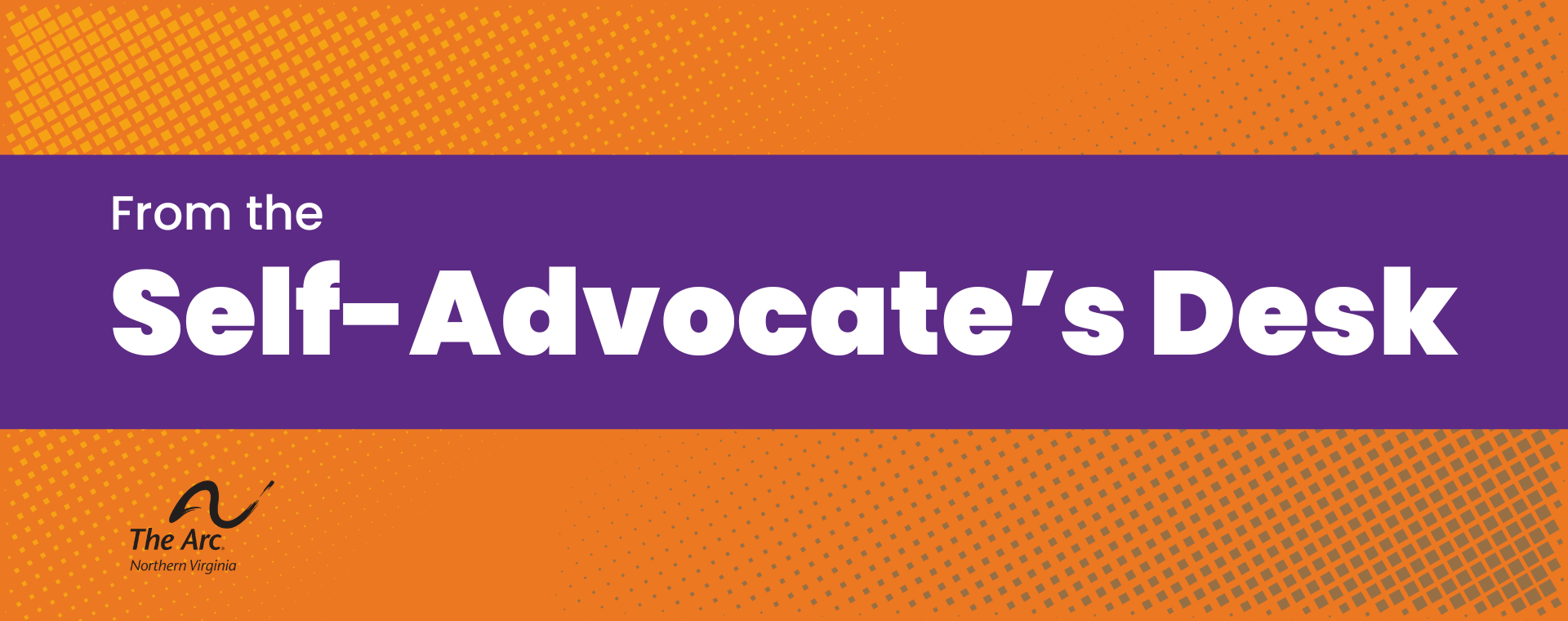Understanding the Context and Purpose of the “No Kings” Protest – June 14, 2025
On June 14, 2025, individuals from across the region gathered to participate in what became known as the “No Kings” protest. The demonstration was framed around broad civic concerns related to governmental authority, institutional accountability, and the influence of political elites. Protesters expressed a desire to resist what they viewed as growing centralization of power and to reaffirm the foundational democratic principle that leadership should serve the public equitably and transparently, not operate in perceived dynastic or unchecked capacities.
While the demonstration was ideologically diverse, participants appeared unified in advocating for greater civic responsiveness and structural integrity. Reports indicate that the gathering remained largely peaceful, although like many large-scale events, it presented challenges regarding crowd control and public discourse. Authorities estimated attendance at several hundred individuals, with minimal disruptions reported. However, as with any protest, public reactions varied, and the motivations behind participation were multifaceted.
It is essential in such instances to resist oversimplifying or politicizing civil demonstrations. Doing so obscures the legitimate grievances and voices that exist across the civic spectrum. Protests—when peaceful and organized with clear intent—can play a meaningful role in shaping public discourse, amplifying community concerns, and reinforcing the democratic ethos upon which advocacy is built.
Who Was Judith Heumann? A Vanguard of Disability Rights
Judith “Judy” Heumann (1947–2023) was one of the most influential disability rights advocates in modern history. Born in Brooklyn, New York, and living with the effects of polio from the age of 18 months, Heumann was denied the right to attend public school due to her mobility impairment. This formative experience would shape her life’s work as a fierce champion of equality and inclusion.
Heumann’s advocacy spanned more than five decades and reshaped both national and international policy landscapes. Often called the “Mother of the Disability Rights Movement,” her contributions were instrumental in the passage and enforcement of civil rights protections for disabled individuals, including Section 504 of the Rehabilitation Act of 1973, the Americans with Disabilities Act (ADA) of 1990, and the Individuals with Disabilities Education Act (IDEA).
She served as a key advisor in multiple presidential administrations, held leadership positions within the U.S. Department of Education and the U.S. State Department, and consulted with global institutions like the World Bank on disability inclusion. Through her public service, legislative activism, and storytelling, Heumann uplifted the voices of millions who had long been marginalized by inaccessible systems and stigmatizing attitudes.
Heumann’s Role in Founding Disabled in Action (DIA)
In 1970, Judith Heumann co-founded Disabled in Action (DIA) in New York City following a legal battle with the New York Board of Education, which had denied her a teaching license on the grounds of her disability. DIA emerged as a pioneering, cross-disability civil rights organization dedicated to ending discrimination and promoting full participation of disabled individuals in all areas of public life.
Under Heumann’s leadership, DIA became known for its direct action strategies, including lawsuits, protests, and media engagement, advocating for equal access to public spaces, transportation, and educational opportunities. DIA not only challenged legal structures, but also reframed disability as a civil rights issue, not a matter of charity or medical intervention alone. The organization’s impact was foundational to the broader disability rights movement.
Centers for Independent Living (CILs): Advancing Community-Based Support
Heumann’s work also significantly shaped the growth and institutionalization of Centers for Independent Living (CILs) —non-residential, community-led organizations that empower disabled individuals to live independently through peer support, advocacy, and skill-building. She was closely associated with the early independent living movement, which emphasized autonomy, choice, and dignity over institutionalization or dependency.
The CIL model redefined support structures by centering disabled individuals as experts in their own lives. These centers now operate across the United States and internationally, reflecting Heumann’s vision of inclusive, community-integrated living. Her contributions helped secure federal funding and policy recognition for CILs, ensuring their sustainability and accessibility across generations.
The 504 Sit-In: A Defining Moment in Civil Rights History
Perhaps the most iconic episode of Heumann’s activism was her leadership in the 504 Sit-In of 1977, which remains the longest nonviolent occupation of a federal building in U.S. history. When the federal government failed to enact regulations enforcing Section 504 of the Rehabilitation Act—which prohibited discrimination against disabled individuals in programs receiving federal funds—Heumann and over 100 fellow activists staged a sit-in at the Department of Health, Education, and Welfare in San Francisco.
For 26 days, the demonstrators maintained pressure on federal authorities, enduring difficult conditions while maintaining an unyielding commitment to justice. Heumann’s organizing and media strategy drew national attention, and the eventual success of the sit-in led to the formal implementation of Section 504 regulations. This watershed moment laid the groundwork for future legislation like the ADA and demonstrated the power of cross-movement solidarity, as Black Panther Party members and LGBTQ+ advocates provided food and support to the protesters.
The Right to Peaceful Assembly: A Cornerstone of Civic Life
The First Amendment to the United States Constitution protects the rights of citizens to speak freely, assemble peacefully, and petition the government for redress of grievances. These rights are fundamental to a thriving democracy, enabling individuals and communities to express their beliefs, influence policy, and hold institutions accountable.
Peaceful assembly is not merely a symbolic gesture; it is a participatory act that allows historically marginalized voices to assert their agency and contribute meaningfully to public life. From the disability rights movement to civil rights, labor, and environmental justice campaigns, peaceful protest has long been a catalyst for progress.
However, it is equally vital to understand that the right to protest carries responsibilities. Protesters are expected to comply with local ordinances and safety guidelines, and organizers must balance assertive advocacy with the maintenance of public order. Respectful, informed civic participation remains key to sustaining the legitimacy and effectiveness of advocacy efforts.
Situational Awareness in Public Demonstrations and Crowded Events
While the right to assemble is protected, attending large-scale events, especially those charged with political or emotional energy, necessitates a degree of caution and preparedness. Situational awareness involves staying conscious of one’s surroundings, reading environmental cues, and having a plan for safe navigation or exit if circumstances change.
For individuals with disabilities or other access needs, this awareness may also include identifying accessible routes, knowing where to find assistance, and informing companions or allies of emergency contacts. Demonstrations that begin peacefully can become unpredictable if tensions escalate, and ensuring personal and collective safety should always remain a priority.
Promoting safety does not undermine the spirit of protest; it ensures that advocacy can be sustained and respected within a framework of public responsibility.
Concluding Reflections: Advocacy Rooted in Justice and Inclusion
The “No Kings” protest represents one expression of public concern—part of a broader democratic tradition where individuals come together to question power structures, call for transparency, and exercise their constitutional rights. While perspectives may vary, such events underscore the ongoing relevance of civic engagement.
In reflecting on this protest, we are reminded of Judith Heumann’s enduring legacy—a legacy rooted in the belief that real, lasting change is possible through organized, peaceful, and persistent advocacy. Her work stands as a guidepost for all who seek to build more inclusive and equitable communities.
Whether through protesting, educating, policymaking, or peer support, there is room for every voice in the justice movement. Let us move forward by honoring the power of dialogue, the necessity of safety, and the transformative potential of lived experience.
How to Get Involved and Continue the Work
- Learn: Explore the history of the disability rights movement and Judith Heumann’s memoir Being Heumann or the documentary Crip Camp.
- Engage: Participate in community listening sessions, advocacy trainings, or public forums.
- Support: Partner with local Centers for Independent Living, The Arc chapters, or organizations like Disabled in Action.
- Amplify: Share the stories and contributions of self-advocates in your community.
- Protect: Encourage safe, accessible, and respectful civic participation for all.
Thank you for taking the time to read my reflection.
Sincerely,
Ian Allan
Self-Advocate for the Arc of Northern Virginia
Ian Allan is a self-advocate with a deep commitment to policy literacy, systems change, and disability justice. Through The Arc of Northern Virginia, he works to ensure that people with intellectual and developmental disabilities are not just served by systems, but shaping them.

